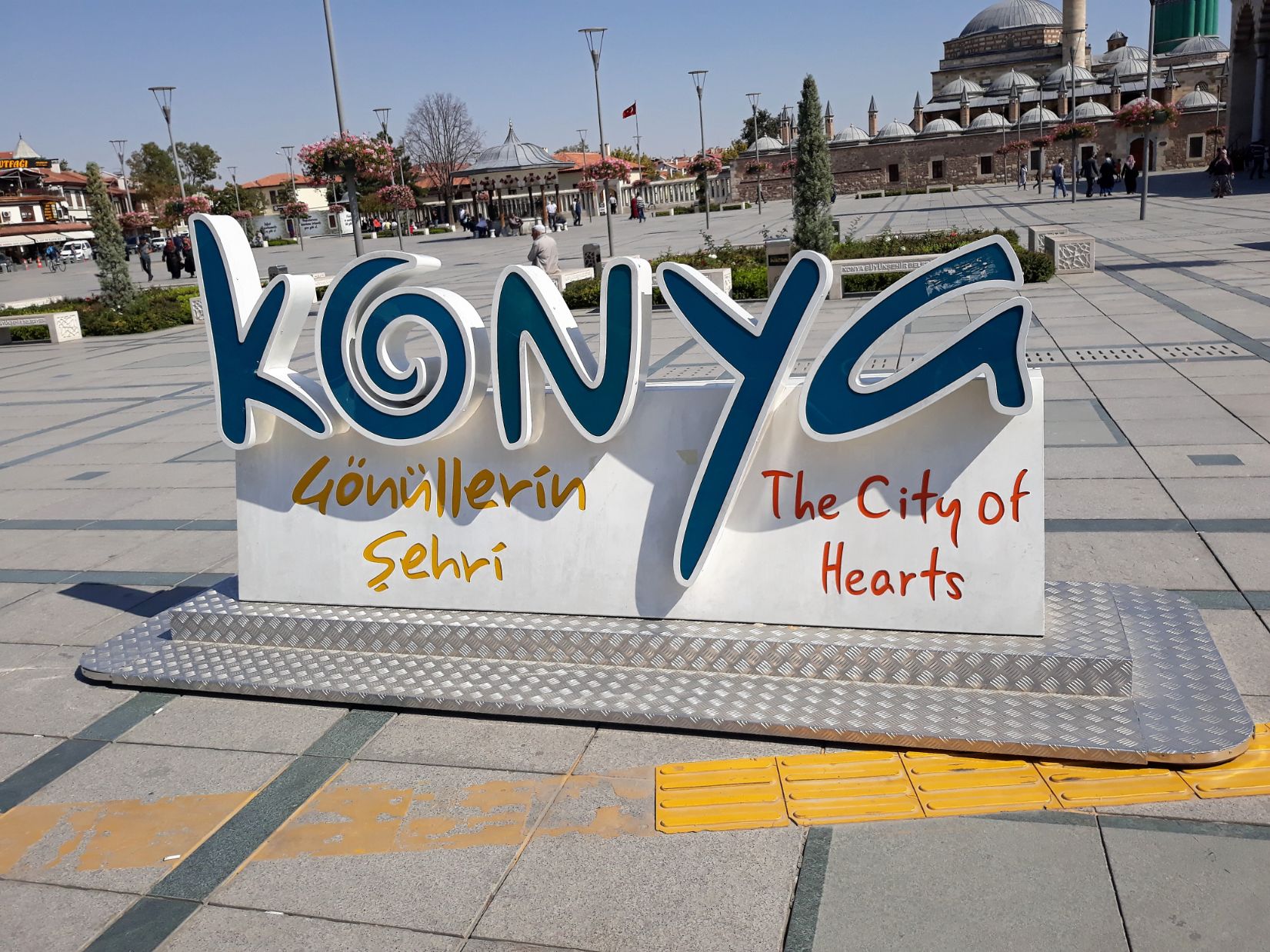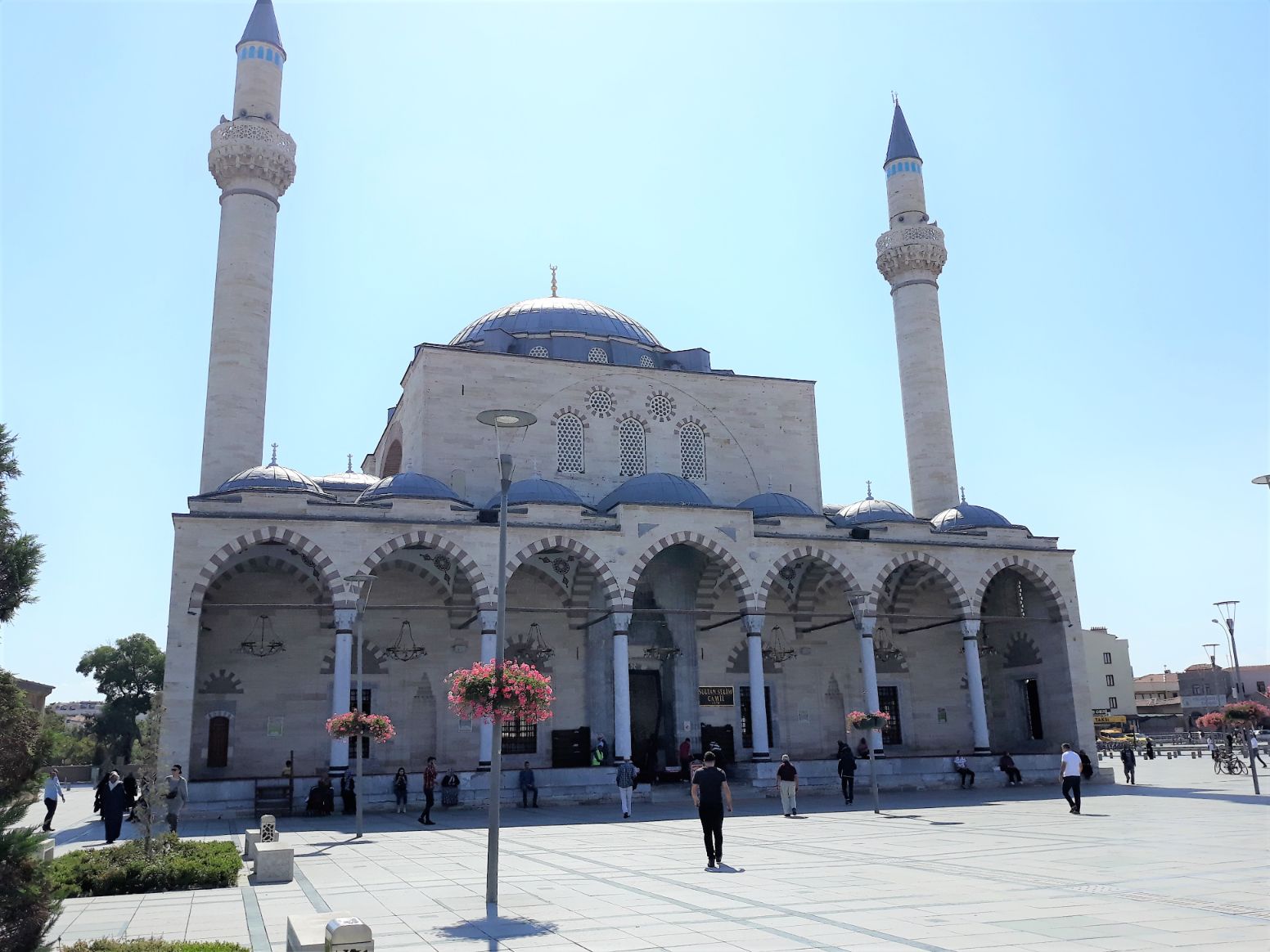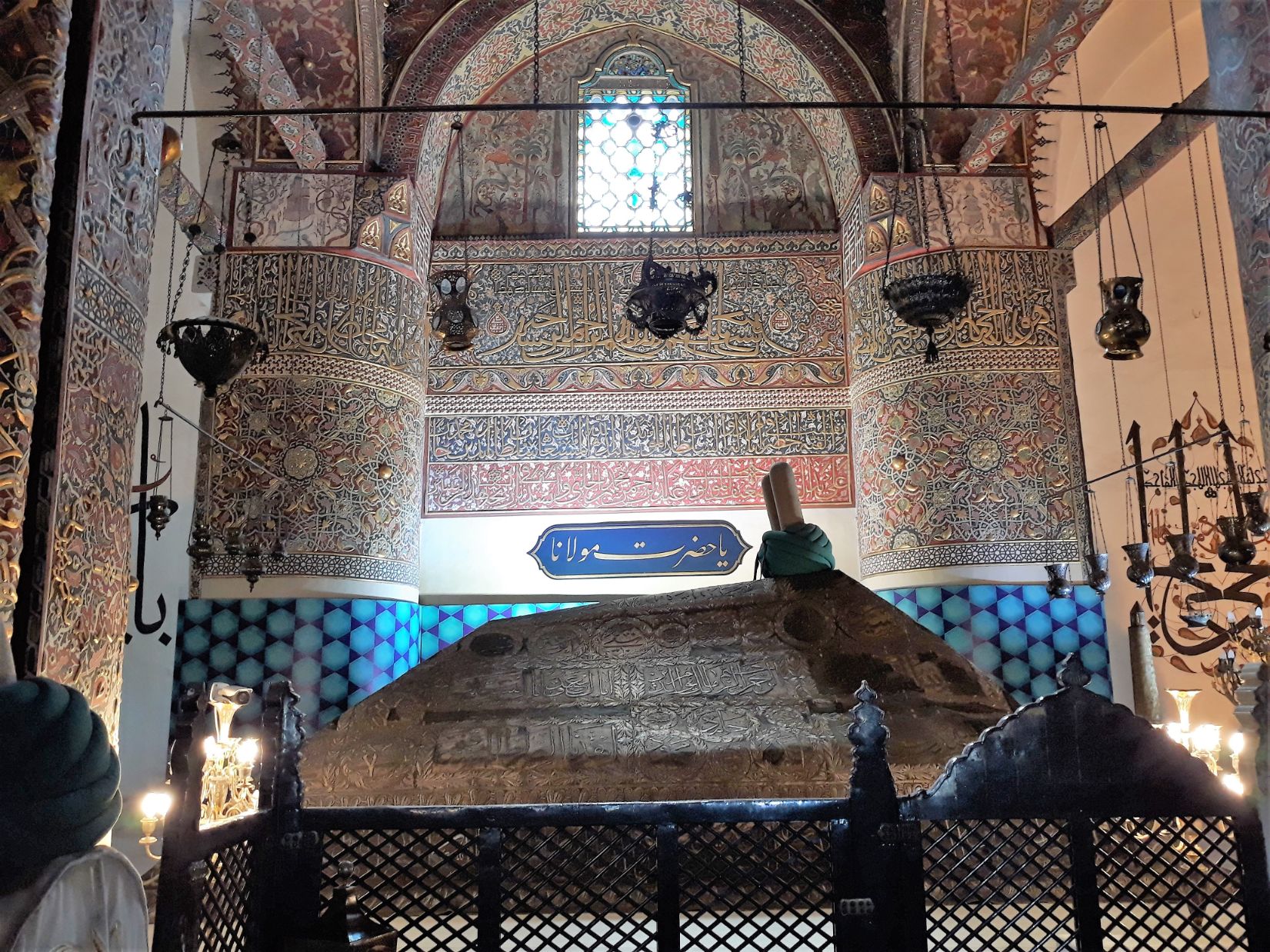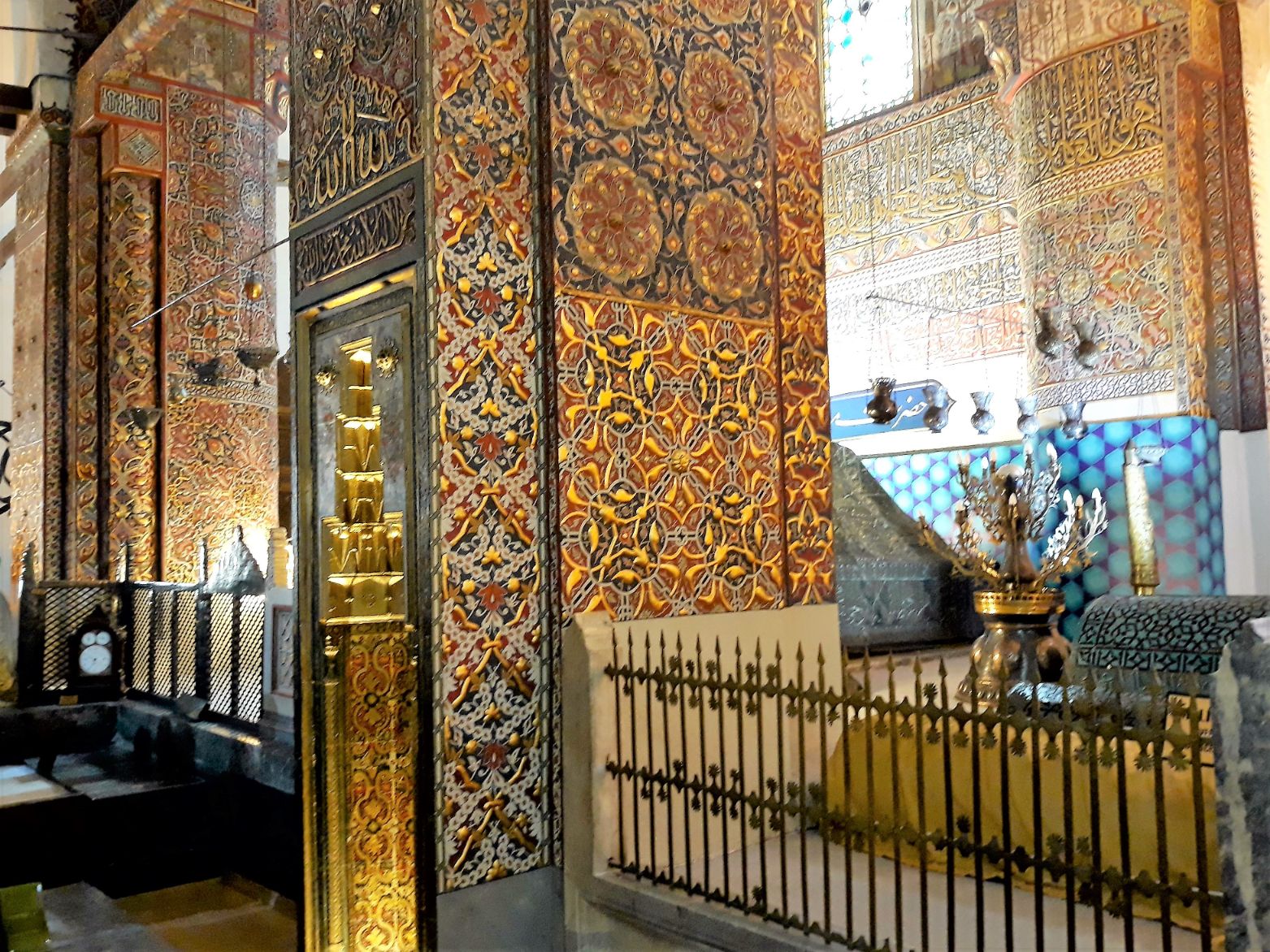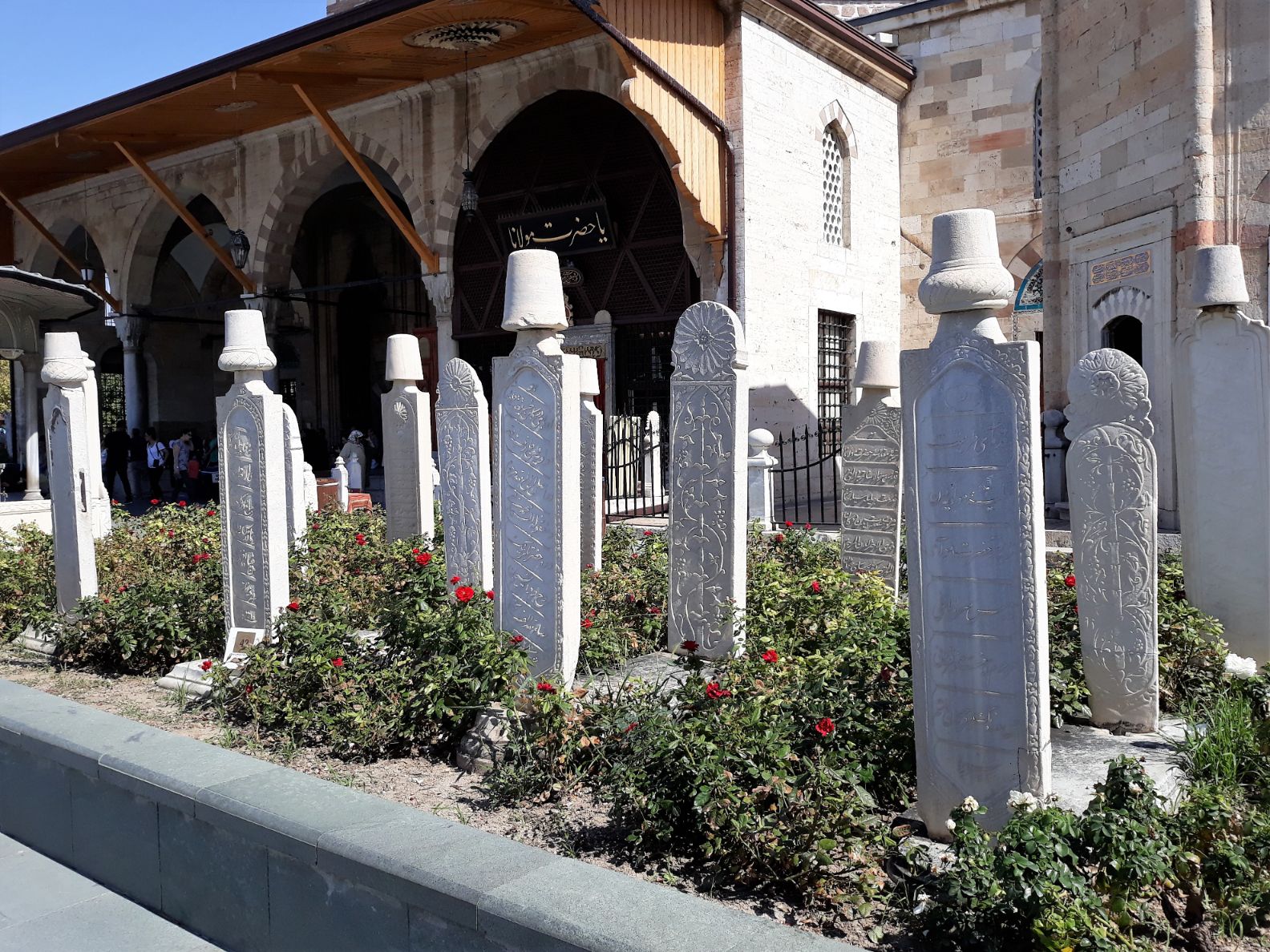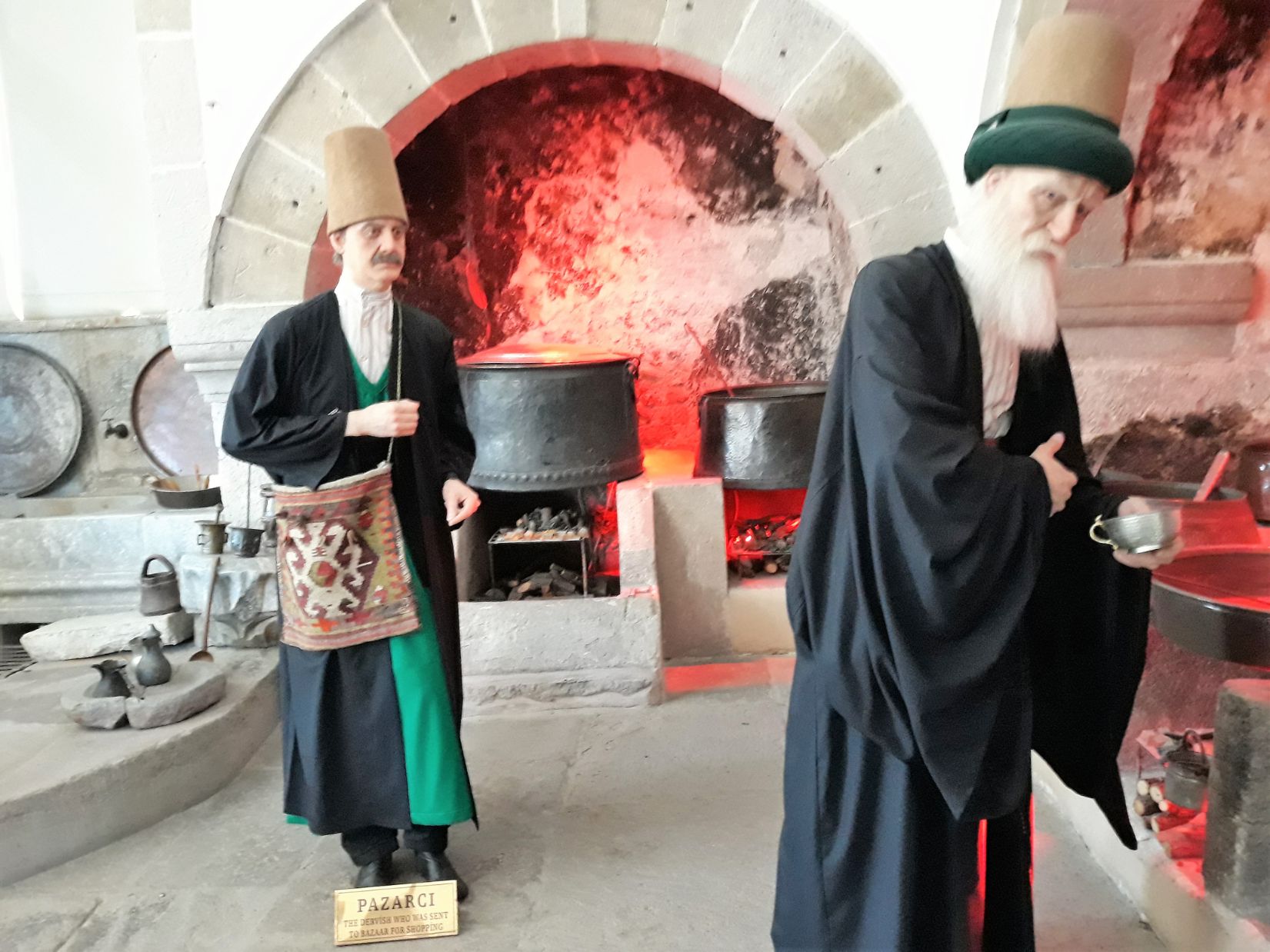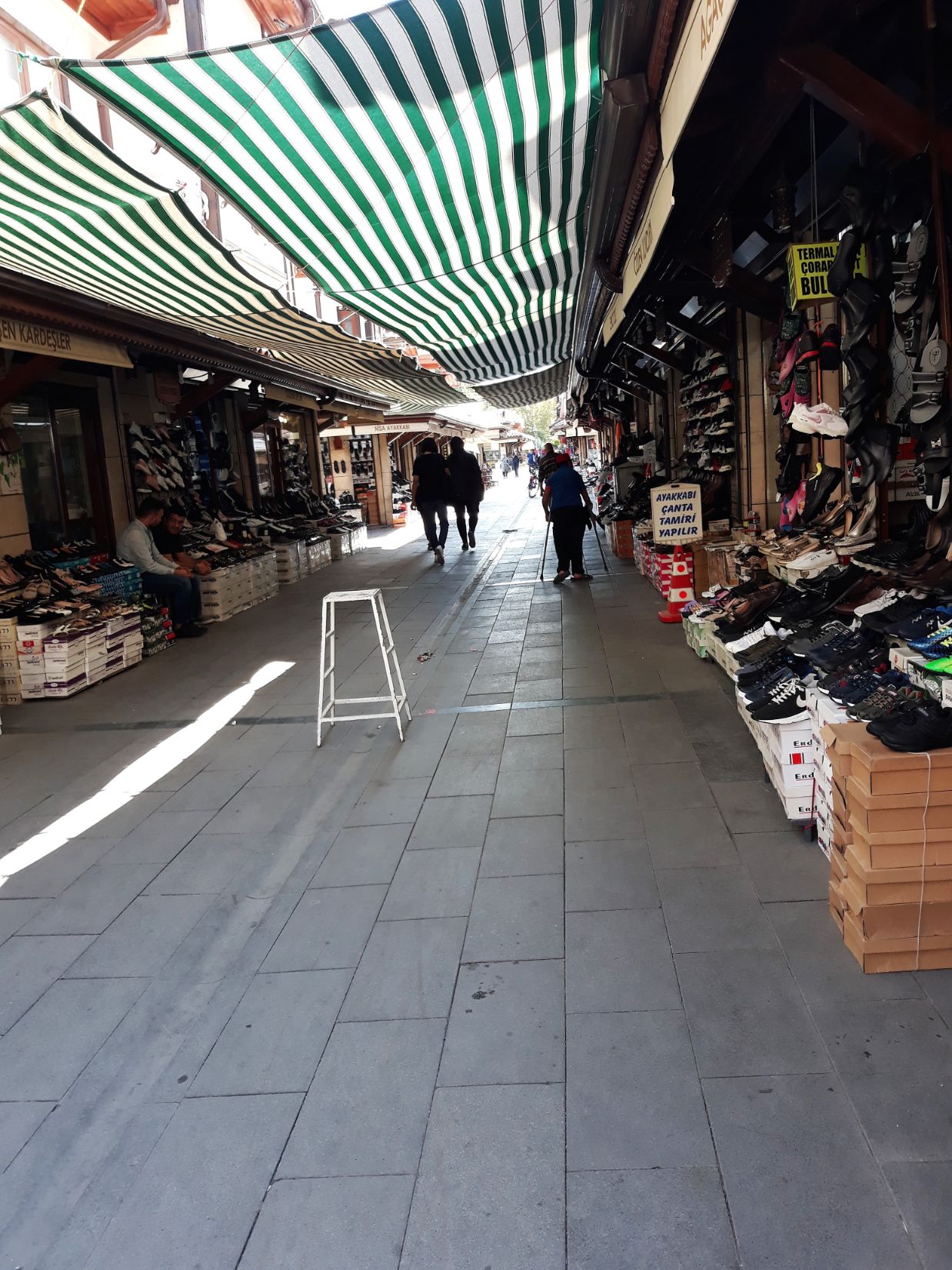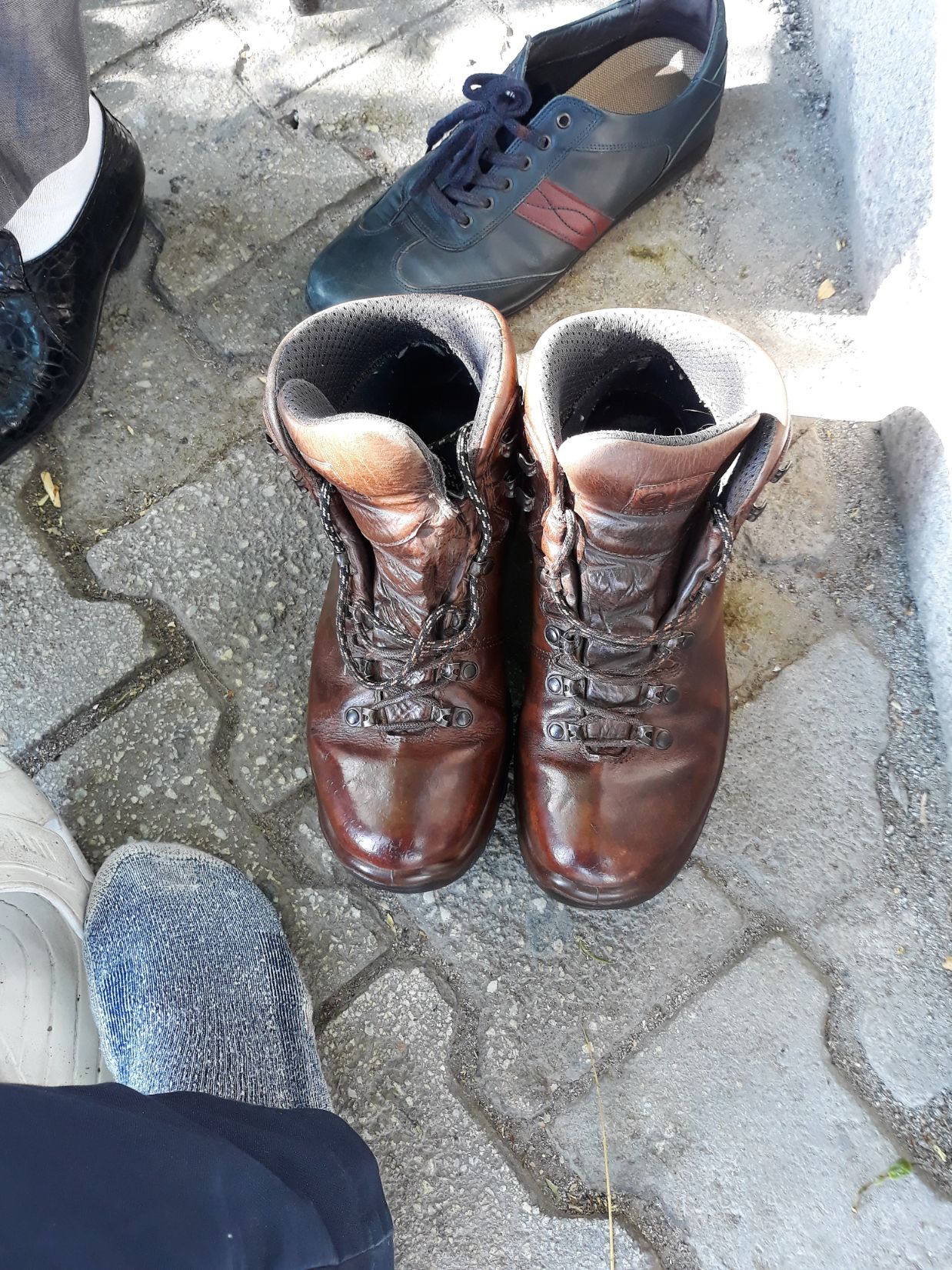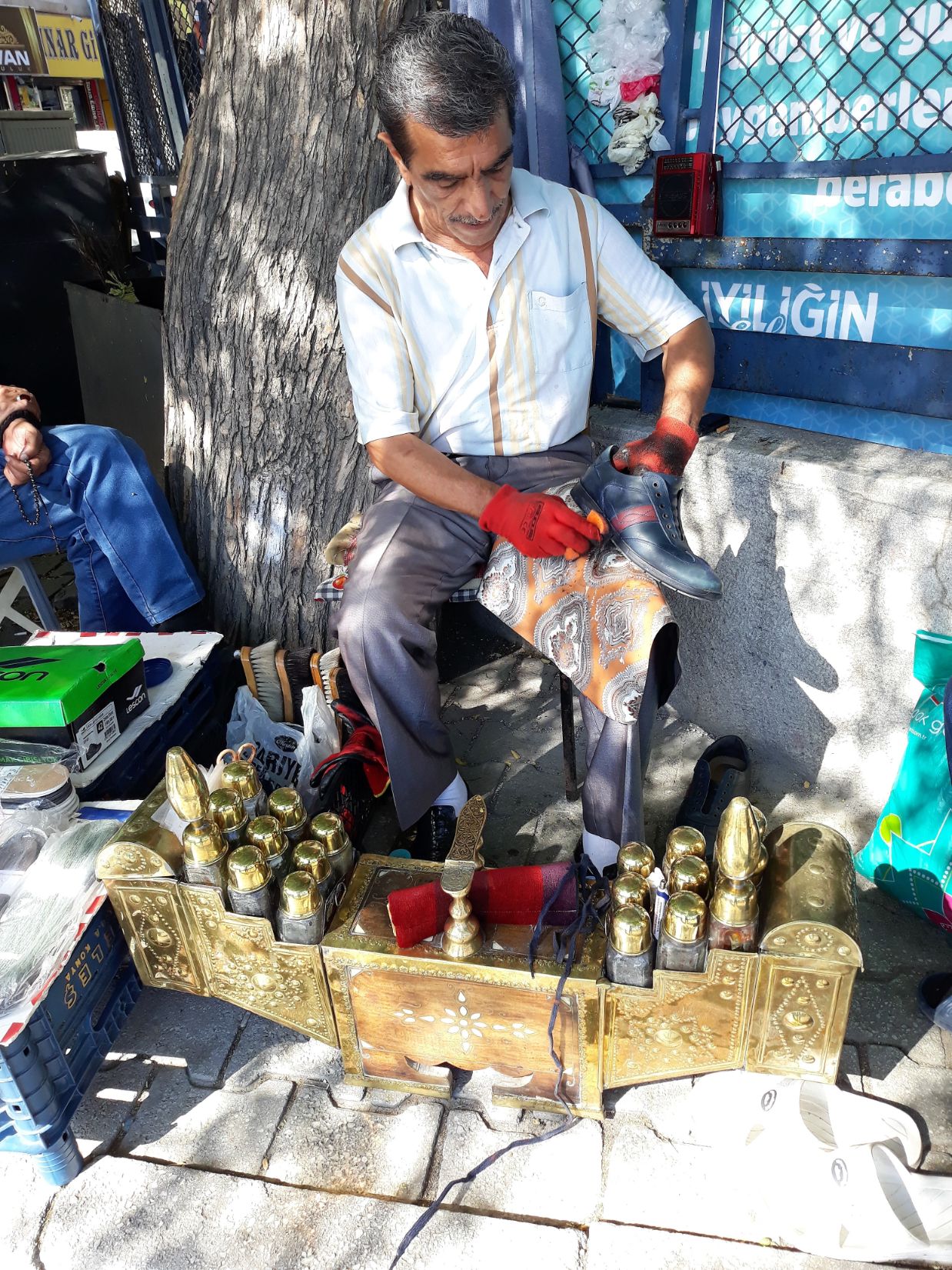Konya – 3rd October
Weather: Sunny. Temperature: High 27 degrees
A BRİEF HISTORY OF KONYA
Like so many of the towns and cities I have passed through during this pilgrimage, Konya has been ruled by many dynasties and empires: the Hittite and Lycian in the 6th century B.C., Persian in the 4th century B.C., Alexander the Great and the Macedonians, followed by the Romans. It was a province of Byzantium from the time of Constantine until the 10th century when it fell to the invasion of the Arab moslems. The first Turks to arrive were Seljuk Turks who ventured as far as Iznik which became the capital of the newly formed Sultanate of Rum. Iznik was retaken by Byzantium during the first crusade and Konya then became the capital of the Sultanate of Rum, and it remained so and flourished until the collapse of the Seljuk empire in 1308. It then became part of the Karamanid dynasty for the next 160 years.
Later in 1467, Konya became part of the Ottoman Empire until its demise at the end of the first world war. With a population of 2.2 million, It is now one of the most populated and important cities in the Turkish Republic.
THE SUFI TRAIL
Konya marked the end of the Sufi Trail that I had started in Istanbul. The Sufi Trail honours ancient Sufi traditions, and follows the old pilgrimage route to Jerusalem and Mecca. Inspired after completing the Camino pilgrimage in Spain, it was researched and created in 2015 by Iris Bezuijen and Sedat Cakir. It follows the route of a young Ney player, Nayzan Orhan Dede, who walked from Istanbul to Konya in 1925, after the dissolution of the Mevlevi Order.
The Sufi Mevlevi order was formed in 1273 by Sultan Walad after the death of his father, Jalal ad-Din Muhammed Rumi. Rumi, as he is known today, came to Konya with his family to escape the Mongal invasion of central Asia. In Konya he became a renowned scholar and in 1244 he met the Persian poet, Shams-e Tabrizi, whose influence, inspired and changed the thoughts and life of Rumi. The poetry and other writings of Rumi are revered throughout the world and his tomb in Konya became a place of pilgrimage.
MY TIME IN KONYA
After a really good night’s sleep in a very comfortable hotel I set off to meet Ali Biroğlu, who owns the artistic cafe called Nar-I-Aşk, to receive my Sufi Trail certificate which marks the end and completion of the Sufi Trail. It is a delightful cafe and there I spent a pleasant hour chatting to Ali and his family.
After my visit to meet Ali, I walked to the Mevlâna Museum, a complex which contains Rumi’s mausoleum. It is the site of pilgrimage for more than 1.5 million pilgrims and visitors each year. As I mentioned earlier, the mausoleum that holds the tomb of Rumi was constructed in the 13th century, much of the remainder of the complex was constructed during the Ottoman period, including the Sultan Selim Camii.
After entering the museum complex I walked though well kept gardens and passed through the Dervişan Kapısı (Gate of the Dervishes) and into a courtyard where I found the mausoleum. Entering the mausoleum through a large silver door which bears the inscription, ‘Those who enter here incomplete will come out perfect’, I found the tomb of Rumi together with those of his father and son. The mausoleum is beautiful and I felt a great sense of holiness as I walked through and passed the tombs.There is much to see within the complex and I spent most of the afternoon exploring.
After lunch I visited the historical Bedesten Bazaar with its roots in the Seljuk and Ottoman periods, it is a hub of commerce and hosts thousands of shops selling a range of services and products. On my return to the hotel I stopped To have my boots cleaned by a street shoe shiner, in Turkish they are known as “Ayakkabi boyacisi” and they all have these elaborately decorated containers which hold the brushes and polish etc. and these are known in Turkish as “boyacı sandığı”. This was the second time I have had my boots polished in Turkey and each time the polished boots are immaculate.
In the evening I walked into the city centre where I enjoyed supper and experienced for the first time Etliekmek a pizza-like dish which originated in Konya, it consists of a thin, crispy flatbread made with flour, sugar, salt, yeast, and oil, topped with ground beef and finely chopped onions, tomatoes, and peppers – for me it was an acquired taste.
